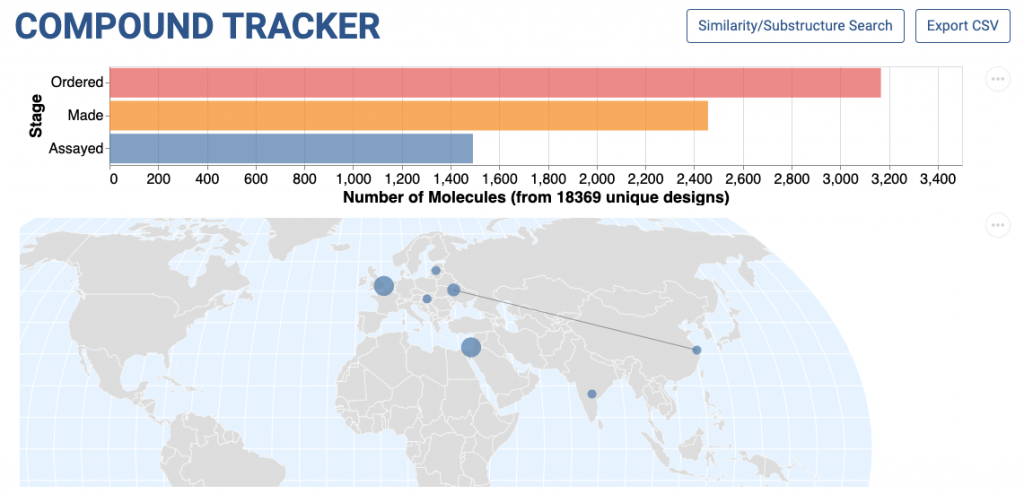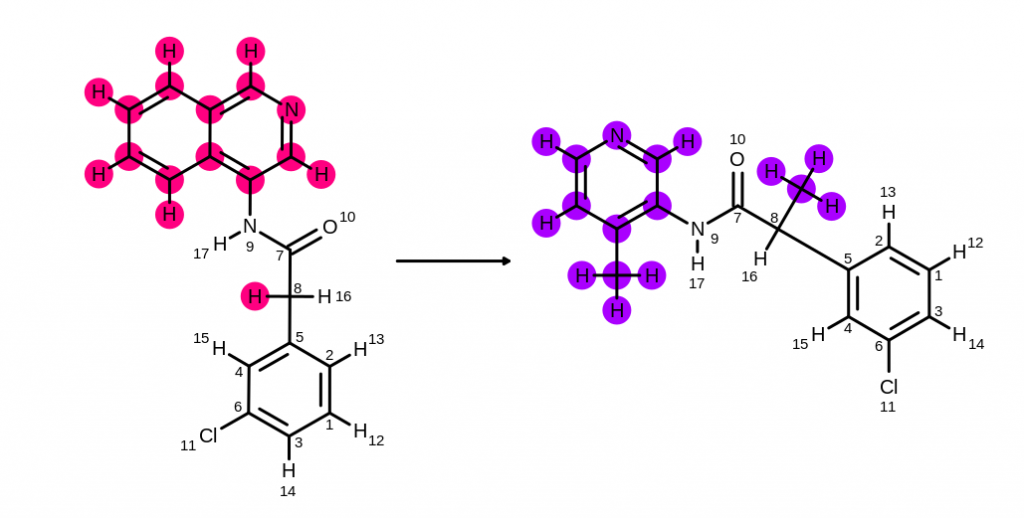Sprint 10 aims to help optimize the P1 pocket substituent to work around metabolism issues with our current best lead compounds.

We’ve been quiet lately, but that’s because we’ve been working nonstop to help the COVID Moonshot team continue their rapid cycles of iteration toward a potent and safe oral antiviral that will complement vaccines and antibody therapeutics to bring the COVID-19 pandemic to a close. We’ve been making great progress—more details on that in a bit—but are still sprinting toward the finish line to produce preclinical drug candidates that will go all the way through preclinical studies that will enable them to enter human clinical trials. You may have noticed our compound activity data leaderboard is full of highly potent compounds. We’ve made and tested nearly 1500 compounds, and solved hundreds more structures.

Today, we launched COVID Moonshot Sprint 10, aiming to help identify compounds that will extend the half-life of compounds in blood after oral dosing. While our current leads appear to be potent and safe, and are effective even against emerging variants, we need to identify alternative substituents in the P1 site that will persist longer in the bloodstream to enable oral dosing only 2 – 3 times/day. This sprint starts with ADA-UCB-6c2cb422-1 (with X-ray structure x10959) and looks for opportunities to replace the quinoline ring that sits in the protease P1 pocket. We’re scoring nearly 800 submitted alternative designs, as well as evaluating whether restraining the scaffold in the binding pocket helps retrospective accuracy.

We’ve made a number of updates over the intervening Sprints 6-9. We’ve improved our atom mapping algorithms as part of our open source perses 0.9.1 bugfix release that correct issues with erroneous mappings leading to mispredictions. We think this will significantly improve the quality of our predictions.

The new core22 0.0.14 is now using the latest and fastest release of our open source GPU-accelerated molecular simulation package, OpenMM 7.5.1. This also enables us to go back to using 4 fs timesteps, which really screams on latest-generation GPUs, allowing us to complete these calculations in almost half the time as before.
Now that we’ve caught up a bit on infrastructure debt and have more folks aboard able to help our effort, we have plenty of additional improvements coming down the pipe in the next few weeks, as well as bigger things to come! Stay tuned for more updates in a few days.
You can check out the progress in the still-evolving COVID Moonshot Science Dashboard pages:
